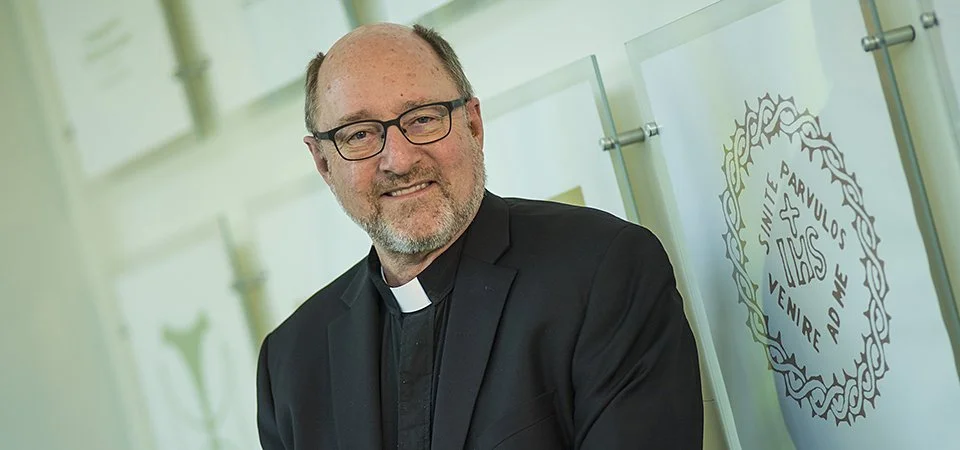From the Archives: "The Challenge of Worship in a Multicultural Assembly"
Each month, our blog features articles from the archives of Liturgy. Our goal is to share the wisdom from decades past so that we might celebrate the work and insights of these excellent ministers and scholars.
Mark R. Francis, CSV
In 1998, Litrurgy published an article by Mark R. Francis, entitled “The Challenge of Worship in a Multicultural Assembly.” Given the increasing diversity of people in the US population, churches face the difficulty of shaping worship that can be accessible to everyone in the congregation. One answer has been to develop different liturgies for each group, but even if that is the answer, Francis notes the importance of bringing all parishioners together at critical points during the liturgical year. What, then, will the worship look like?
Asking how a congregation made up of multiple cultural expressions can worship together and be fed by God’s Word entails consideration of the many cultural differences between people. In order to explore the factors that need to be addressed, Francis touches on verbal and non-verbal communication, preaching, music, art, and the worship environment as a whole. He acknowledges that the creation of worship that meets the needs of all parishioners is never simple, but it is also an old challenge for the church.
Selected Quotes from
“Enculturating the Liturgy in North America”
~ ~ ~
“How does a local Christian community welcome people of other cultures? What does ‘full, conscious and active participation’ in the liturgy mean when the assembly is culturally and linguistically diverse? Clearly this means going beyond a tokenism that merely juxtaposes cultural elements representative of the assembly's various cultures to a real welcome that ac- knowledges and respects ‘the other’ enough to change the way worship is understood, prepared and carried out.”
~ ~ ~
“The primary goal of worship that happens to be multicultural is no different from monocultural worship: to celebrate what God has done and continues to do for us in the paschal mystery of Jesus Christ. Surprising perhaps to some, then, the primary purpose of multicultural liturgy is not to celebrate cultural diversity.”
~ ~ ~
“The primary symbols that are used in many liturgical tradition: bread, wine, oil, water, fire also should be of special concern for a multicultural assembly. Again, these symbols need no translation and if care is given to celebrating with them in a lavish way, much will be done to overcome the divisions in the assembly that are automatically engendered by the use of words alone.”
~ ~ ~
“It is a romantic hangover to presuppose that music is a universal language and that it communicates the same thing to everyone regardless of culture. The interpretation given to tempo, key and musical from may vary a great deal from one culture to another in the assembly. For example, many people from Central America frequently perceive music which is slow as “sad” even if the music is in a major key.”
~ ~ ~
Mark R. Francis, CSV, is emeritus professor of liturgy at the Catholic Theological Union at Chicago and author of Liturgy in a Multicultural Community (Liturgical Press, 1992), Multicultural Celebrations: A Guide, commissioned by the Federation of Diocesan Liturgical Commissions (Washington DC: 2000), and Local Worship, Global Church: Liturgy and Popular Religion (Liturgical Press, 2014), among other writings.
If you would like access to this article, please follow this link:
Mark R. Francis, “The Challenge of Worship in a Multicultural Assembly,” Liturgy 14, no. 4 (1998): 3–9, https://doi.org/10.1080/0458063X.1998.10392416.
